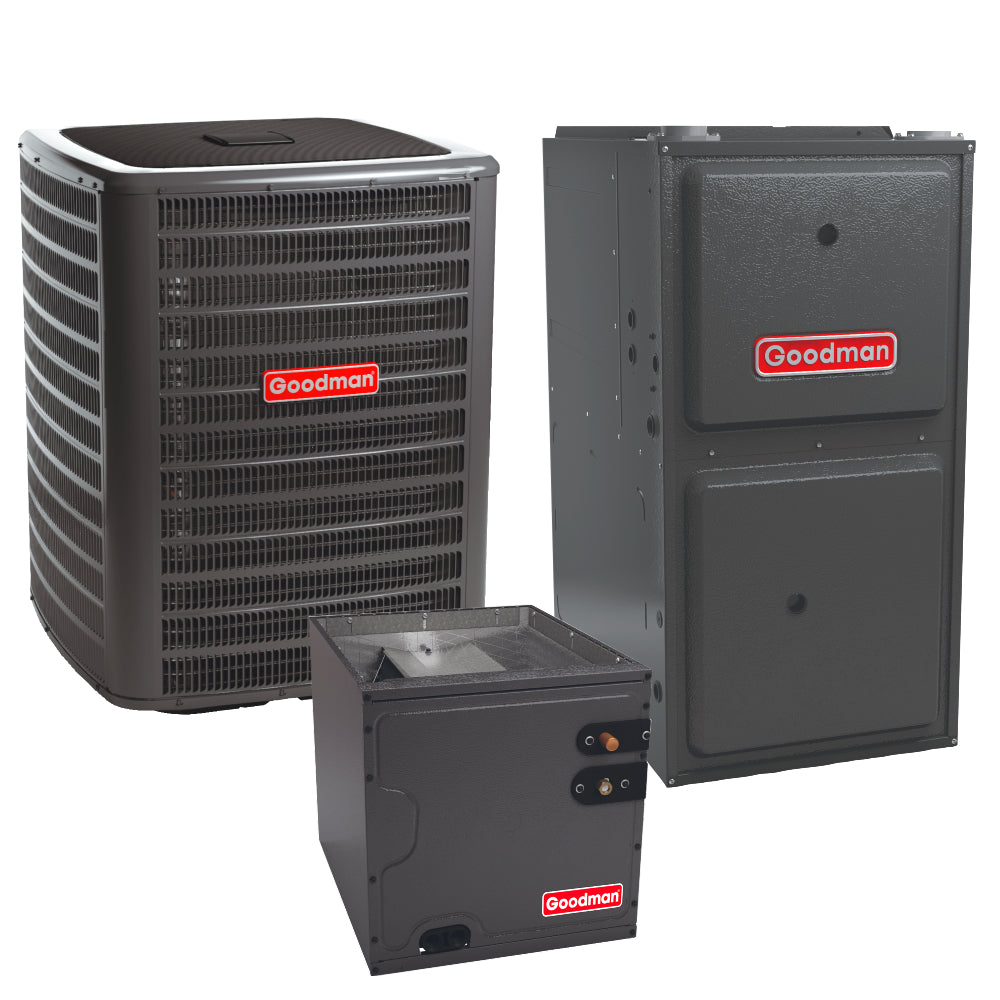The shift to A2L refrigerants like R-32 and R-454B is changing how HVAC systems are installed, serviced, and regulated. If you’re planning to upgrade your air conditioner or heat pump in 2025 or beyond, it’s essential to prepare your home to meet the new requirements.
This guide covers the key safety considerations, permit processes, and ductwork adjustments needed to install A2L refrigerant-based HVAC systems with confidence.
🧪 What Are A2L Refrigerants?
A2L refrigerants are classified as having low toxicity and mild flammability under ASHRAE guidelines. Examples include:
-
R-32 (used in mini-splits and central systems)
-
R-454B (an R-410A replacement in many OEM products)
These refrigerants are replacing higher-GWP options like R-410A due to environmental regulations, including the U.S. AIM Act.
🔒 Safety Requirements for Homeowners
Although A2L refrigerants are safe under normal operation, they require stricter installation codes than previous refrigerants. Here’s what homeowners should know:
✅ Key Safety Measures:
-
Proper ventilation in mechanical rooms
-
Leak detection systems in specific installations (especially commercial or multifamily)
-
Non-sparking electrical components in confined spaces
-
Fire-rated enclosures for some rooftop or basement installs
🧯 Technician Certification
Ensure your contractor is trained for A2L handling and can show proof of manufacturer or third-party certification.
Daikin outlines A2L safety practices used globally in over 160 million units.
🏗️ Permit and Inspection Requirements
Local building codes are rapidly updating to account for A2L refrigerants. This means homeowners must:
-
Apply for mechanical permits that specify refrigerant type
-
Obtain fire department approval in some jurisdictions
-
Ensure inspections pass new A2L safety checks (e.g., leak containment, access clearance)
💡 Tip:
Contact your local building department before purchasing new equipment to avoid delays or surprise compliance issues.
📐 Ductwork Adjustments and Airflow Considerations
Though refrigerant type doesn’t directly alter duct sizing, higher efficiency A2L systems often require improved airflow to reach their rated performance.
Consider Upgrading If:
-
Ducts are undersized or restrictive
-
You notice uneven cooling or poor airflow
-
Your home was built before 2000
Benefits of Duct Upgrades:
-
Improved comfort and efficiency
-
Reduced static pressure
-
Quieter system operation
Energy Star’s duct sealing guide offers tips to reduce energy loss from leaky ducts.
⚙️ Do You Need New Line Sets?
In most cases, line sets must be flushed or replaced during an A2L equipment swap. Reasons include:
-
A2L refrigerants may be incompatible with old lubricant residues
-
Smaller refrigerant charges require precise handling
-
R-454B (a blend) requires liquid-only charging
Replacing the line set can add $300–$800 to your install cost but helps ensure warranty compliance and system longevity.
🏡 Planning for Attic, Crawlspace, or Closet Installs
If your air handler or furnace is located in a:
-
Confined space (attic, crawlspace, closet)
-
Garage or basement without ventilation
...additional safety measures may apply:
-
Mechanical ventilation
-
Gas sensors or pressure relief valves
-
Isolation from sleeping areas
Consult the contractor and your AHJ (Authority Having Jurisdiction) to understand specific requirements in your area.
✅ Summary Checklist: Is Your Home A2L-Ready?
| Task | Required? |
|---|---|
| Hire certified A2L technician | ✅ |
| Pull mechanical permit | ✅ |
| Check fire permit requirements | ✅ (varies) |
| Assess duct condition | ✅ |
| Flush or replace line sets | ✅ |
| Upgrade ventilation if in tight space | ✅ |
🔚 Conclusion: A Little Prep Goes a Long Way
Transitioning to A2L HVAC equipment means more than just buying a new unit—it involves coordination with local codes, enhanced safety awareness, and smart planning around airflow and installation spaces.
Homeowners who prepare in advance can enjoy a more efficient, eco-friendly, and future-proof HVAC system. Plus, you’ll be in a better position to avoid unexpected delays or costs.
Need help selecting the right A2L-compatible system? Check out our Buying Guide for 3-Ton AC and 100,000 BTU Furnace for trusted recommendations.







